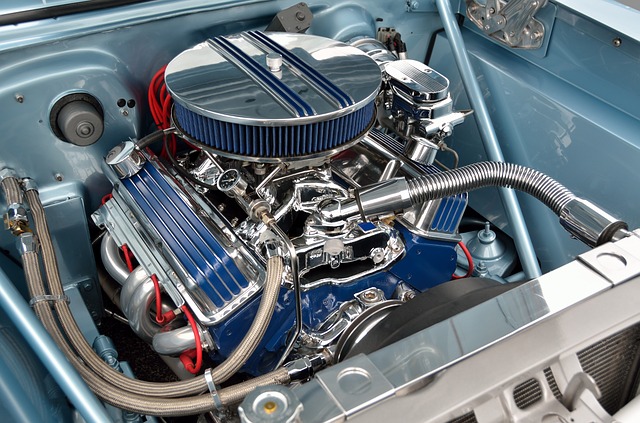Most of us seek advice from professionals when doing automotive do-it-yourself projects but you can spend hundreds of dollars on the tools needed to do these projects. In an effort to help keep things simple, there is a list of seven tools every vehicle owner should have:
Stands
If you’re going to be working under your vehicle, you’ll need access to it. A quality jack and jack stands can help you safely lift and support your vehicle for work under the vehicle where some of those repairs may take place.
Your vehicle may have come with a jack, but a higher quality jack is recommended and jack stands instead of the jacks that may be found in your vehicle. These higher-quality items tend to be more sturdy and safer to use.
Lug Wrench
A lot of automotive work takes place behind the wheels and tires. For example, you’ll need to remove the wheels to gain access to the brakes and suspension. A good lug wrench can make easy work of this. This is a tool that may already be in your vehicle if it’s equipped with a spare tire.
Socket Set
This set of many tools is useful to remove or tighten the various sizes of nuts and bolts on a vehicle. If you’re going to be doing service work on your vehicle, you’ll likely need a socket set with a variety of sizes. Socket sets usually come with a ratcheting handle which allows for reversing in confined spaces without removing the socket from the head of the nut or bolt. I recommend sets in 1/4-inch, 3/8-inch, and 1/2-inch sizes with extensions. That way you should be able to tackle almost anything that comes your way.
Wrench Set
Once again, this is technically many tools, but like the socket set, a wrench set is a necessity for working on your vehicle. Ratchets and sockets may not always do the trick. Sometimes access is tight, especially in the engine compartment and the only tool you can use is a wrench.
It’s good to have a variety of sizes and styles on hand for those hard-to-reach places.
Screwdrivers
Nothing is more frustrating than not being able to do a repair because you don’t have the right tool. The more tools you have access to, the better.
At the very least, I think vehicle owners should have a Phillips- and flat-head screwdriver. Having both of these in a variety of sizes is even better. You may also consider some torx (or star-head) screwdrivers thrown in for good measure.
Inspection Light
So much of diagnosis is dependent on observation. Many of the areas of your vehicle that require inspection are often poorly lit (or not lit at all). A good inspection light is great to have in these situations. After all, you need to see what you’re doing.
You might also consider a light that can be mounted to your head for convenient, hands-free use.
OBD II Code Reader
All vehicles since 1996 have used the On Board Diagnostics (OBD II) electronic interface to help aid in the diagnosis of your vehicle. If your check engine light comes on, or if you’ve failed an emissions test, an OBD II device is very handy to have. They’re also fairly inexpensive, and some can even work with your smartphone.
A word of caution here: Just because your device reads a particular code for a component, that doesn’t necessarily mean the component is malfunctioning. The code simply signifies where you may want to begin your diagnosis. Check engine light codes can be set for a variety of reasons besides a bad component. For example, a code may appear if your gas cap is loose, damaged or missing. Think of the code as a stepping off point, not the diagnosis itself.
GET A QUOTE
One last thing: quality tools are better than off-brand tools. You tend to get what you pay for, as they say. If you’re planning on doing a lot of your own work, consider quality tools. If you’re just looking for the basics, the inexpensive set may do just fine under light use. It’s also good to remember that some auto parts stores rent specialty tools. You might consider this option if you’re in need of a special tool you only plan to use once.
By stocking your tool box with these seven (or so) tools, you should be able to tackle most of the minor repairs that your vehicle may require. Of course, if you’re ever unsure about any repair, take your vehicle to a professional to have it repaired properly.

